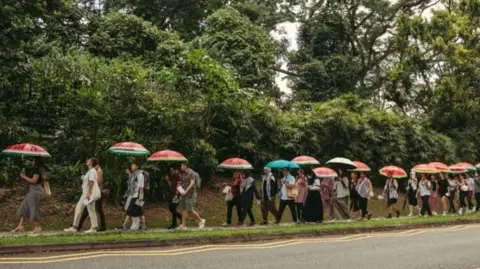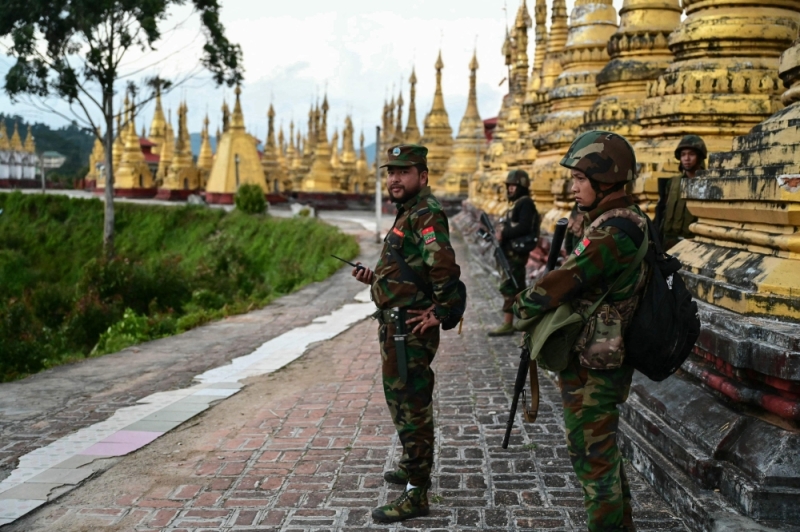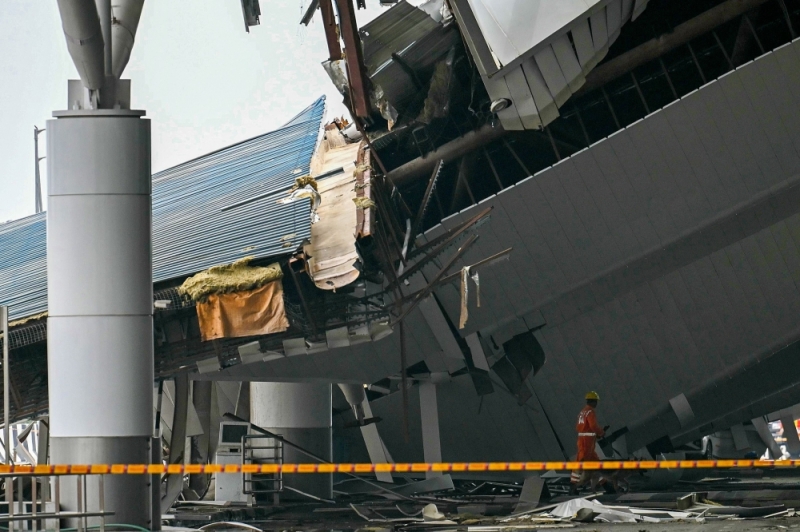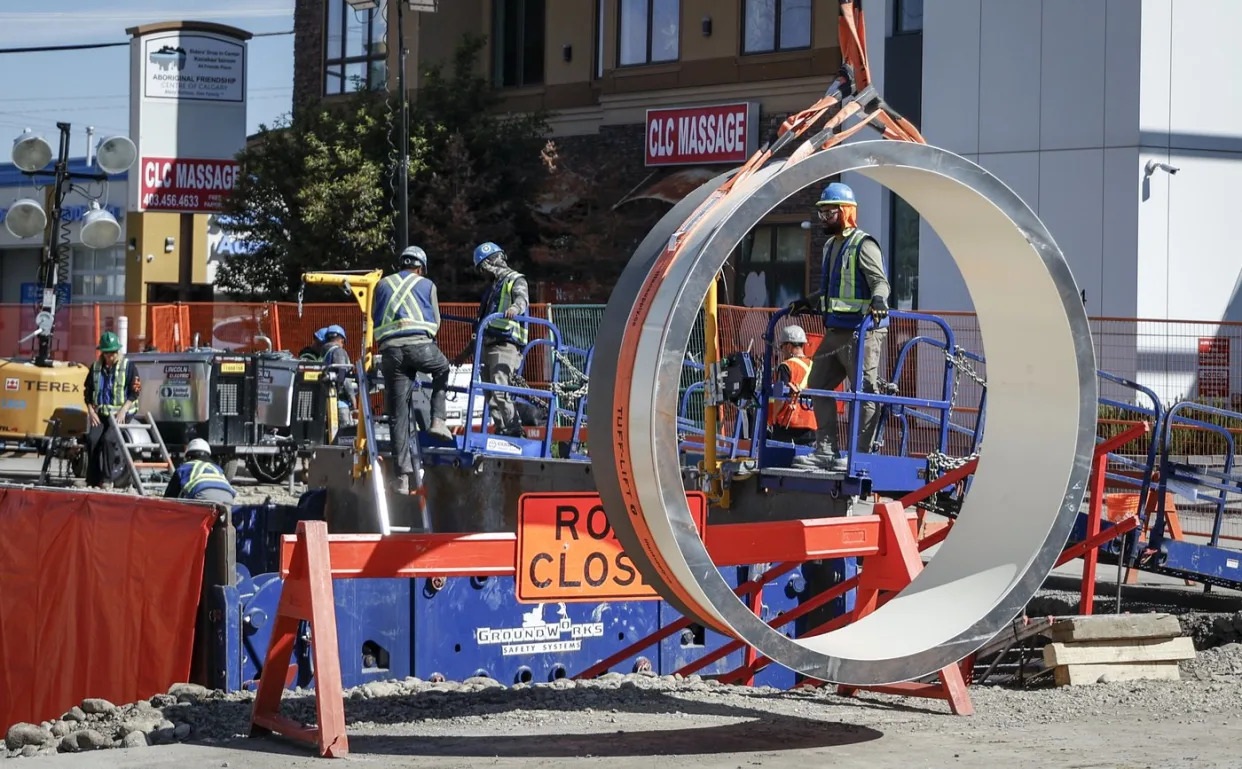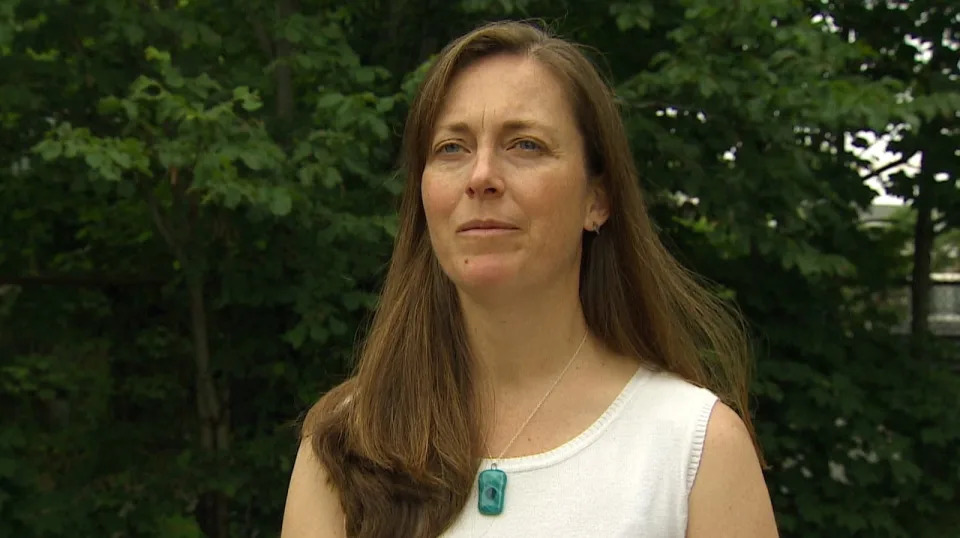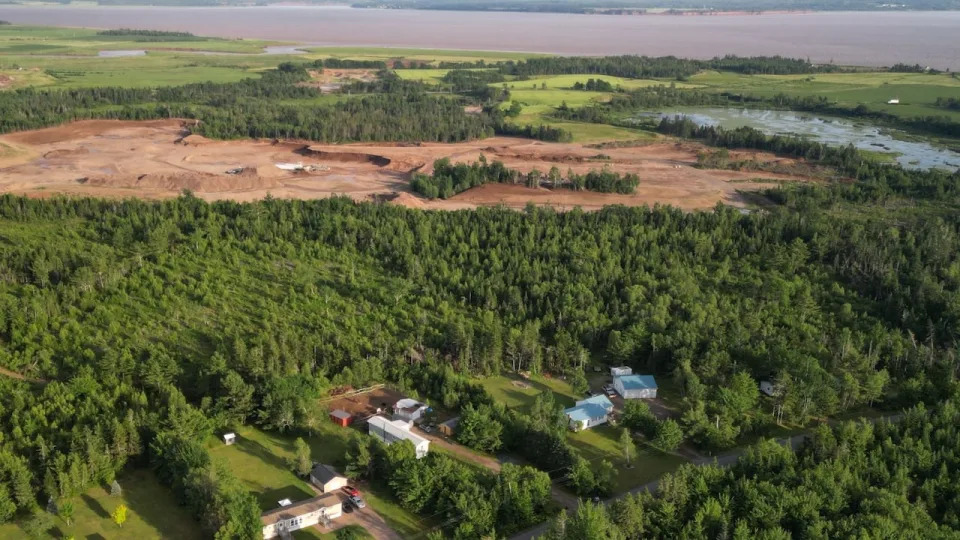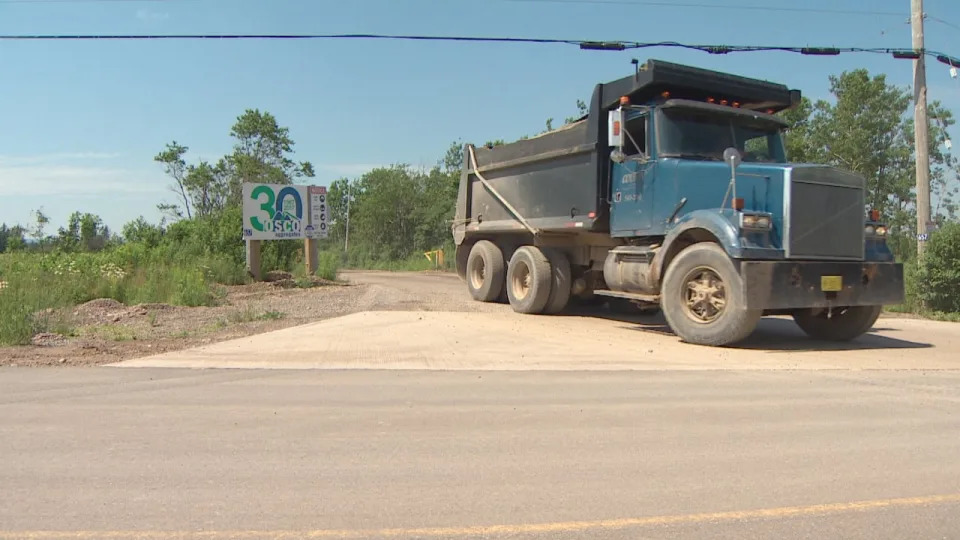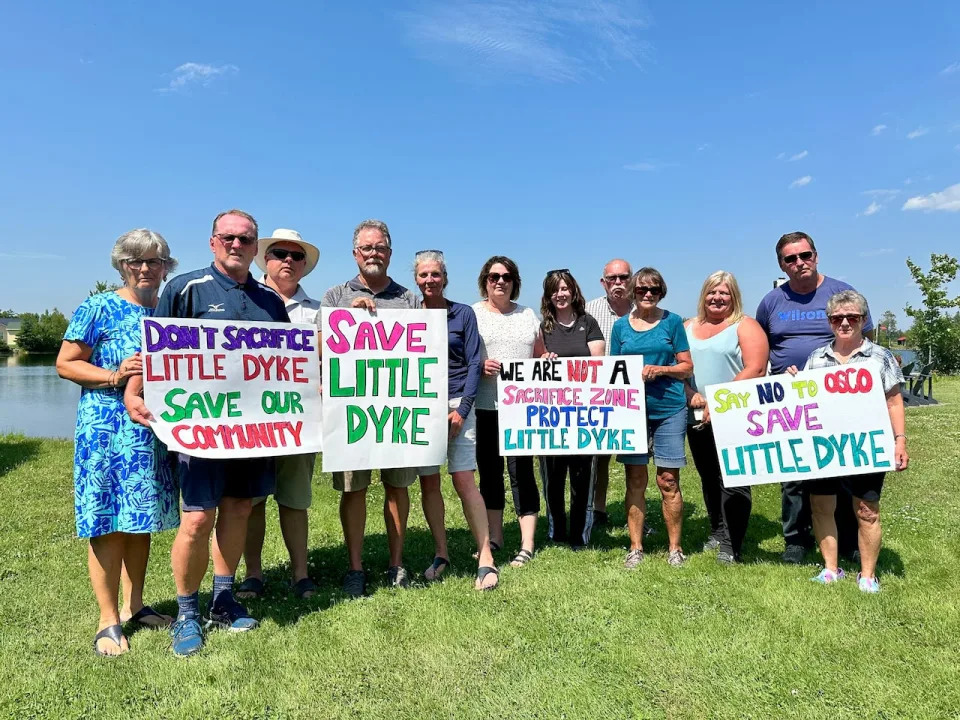Despite raging protests, those who are abandoning Labour over Starmer’s position are unlikely to affect the outcome of the general election.

By Anealla Safdar
Published On 28 Jun 2024
London, United Kingdom – Tim Flynn, a 71-year-old retired National Heath Service psychotherapist, has voted for the Labour Party all his life.
But on July 4, he plans to protest against the party, with a pencil. He will mark a cross on his ballot paper next to his local Green Party candidate.
KEEP READINGlist of 4 itemslist 1 of 4
‘Britain’s on its knees’: The broken UK town backing Nigel Faragelist 2 of 4
UK elections 2024: Which are the main parties and what are they promising?list 3 of 4
Sunak, Starmer clash in final TV debate before UK general electionlist 4 of 4
What is the UK election betting scandal all about?end of list
“There’s no way I can vote Labour this time,” he said. “It’s clear where [Labour leader Keir Starmer’s] politics lie. His politics lie with capitalism, with imperialism, with supporting Israel.
“If you don’t vote for a ceasefire, you’ve lost my vote.”
Flynn’s London constituency, Vauxhall and Camberwell Green, is a safe Labour seat. And nationally, Starmer is widely expected to win the general election with a significant majority after 14 years of Conservative rule, making him Britain’s next prime minister.
But his position on the war in Gaza has left many traditional Labour voters, like Flynn, feeling let down.
Starmer voted against a motion demanding an immediate ceasefire in November. Only last week, during a radio interview as the death toll in Gaza mounted towards 38,000 people, Starmer said he would not “pronounce that something is either genocide or not” as he reaffirmed Israel’s “right to self-defence”.
The Labour leader also said that every country including Israel “has to be properly held to account in the court of international law” and promised to review legal advice on arms sales to Israel as prime minister.
But that pledge is unlikely to dissuade voters like Flynn from giving up on the party. Flynn is regularly “locked into” coverage of Gaza and the occupied West Bank. When remembering footage of a child running away from Israeli forces in the West Bank, he choked up with emotion.
“They shot him in the back of his head … I have a grandson who’s nine, to think of him being shot in the back of the head. Yeah, and they get away with it.”
While that sentiment is expected to cost Labour some support, how much it will damage the party is unclear.
Memories of 2005 and the Iraq war
There are four main options for pro-Palestine Britons who feel neither Labour nor the Conservatives represent their views – to abstain or spoil the ballot, to back an independent candidate running on a pro-Palestine platform, to vote for the Liberal Democrats, who support a ceasefire, or, like Flynn, to give a nod to the Greens even though they are forecast to win less than 10 percent.
The Green Party says it backs an immediate ceasefire – something most Britons desire – and wants to end arms sales to Israel. The Greens also say they want to “redouble efforts” for the release of Israeli captives from Gaza, and support South Africa’s genocide case against Israel at the International Court of Justice.
The Liberal Democrats have also supported a ceasefire for months, called for the captives to be freed and want to deliver a path a two-state solution.
A recent YouGov report suggested Labour is losing some voters in areas home to many Muslims, “in particular to the Greens”, but the impact of this trend is unlikely to affect the result.
“Whether or not any Labour MP is going to lose their seat is perhaps rather more doubtful, because those seats are pretty safe in the first place,” political scientist and polling guru John Curtice told Al Jazeera.
But Britain’s foreign policy has affected voting patterns in at least one previous election.

In 2005, during the Iraq war, Labour lost ground “quite heavily amongst areas with substantial Muslim communities”, said Curtice.
Ultimately, Labour won while the Liberal Democrats made modest gains.
They “opposed the Iraq war and picked up a lot of that vote”, said Curtice. “This is not the first time that there has been a bridge between some people at least in the Muslim community and the willingness to vote for Labour.”
The sense of discontent over Britain’s unwavering support of Israel, regardless of which party is in power, has reached university campuses in a series of protests inspired by the United States movement.
‘Losing faith in the electoral system’
As dozens of students at the prestigious London School of Economics (LSE) called out for a “free, free Palestine”, accompanied by the beats of a traditional drum, a moment of tension interrupted their rhythm.
“Am Yisrael Chai!” a bystander shouted in their direction, a slogan meaning, “The people of Israel live.”
But gathered in the searing afternoon heat, they continued unfazed to demand the university cuts financial ties with Israel, many masking their faces with a keffiyeh. One took to a megaphone to recite Quranic verses and recalled some of the most tragic moments that have afflicted Gaza, such as the killing of six-year-old Hind Rajab.
A pair of women up next demanded “azaadi”, a Kashmiri chant for “freedom” that is now a motif of global pro-Palestine student-led encampments.
As they occupied a square outside a campus building, university security workers watched on with scepticism. One accused the students of being “violent”. Voices were raised during disagreements, but Al Jazeera did not observe any physical clashes.
The febrile atmosphere eased a little at lunchtime, when a student unveiled a giant plate of maqlouba, an upside-down meat and rice dish that is popular in Palestine.

Sadia Sheeraz, a 24-year-old LSE master’s student, said she hails from a “working-class” family in the northern city of Manchester that has always voted Labour.
“I couldn’t in good conscience vote for Labour in the upcoming election,” she said. “I’m still undecided as to whether I will vote or not, because I’m losing faith in the electoral system. But if I do vote, I probably would vote for the Green Party.”
Labour and the Conservatives are “so morally close to each other” on the “genocide committed by Israel”, she said, adding that she had hoped Starmer, a former barrister, would be able to assess the conflict “for what it is”.
“It just really makes me question not only his leadership and his authority, but also just his intellectual capacity.”

‘Hope he calls for a ceasefire’
A 20-year-old undergraduate LSE student, who requested anonymity, said she was backing the Green Party.
Her London constituency, Brentford and Isleworth, has been held by Labour’s Ruth Cadbury since 2015. Cadbury, who abstained from the November motion, is expected to easily keep her seat.
The student said she has emailed Cadbury several times, pleading with her to call for an immediate ceasefire.
“There are a lot of Muslims in my constituency, and we all want a ceasefire in Palestine. We’ve all been emailing our MP and saying, ‘Represent what your constituents want’. But she didn’t.”
Imagining Starmer as a prime minister, she said, “I’d hope he calls for a ceasefire. I hope he stops arms sales to Israel from the UK. But I don’t think we’re that hopeful. A lot of my generation, and a lot of Muslims as well in general, are turning towards the Greens because [Starmer] said that Israel has a right to defend itself, which is an abhorrent thing to say” amid the suffering in Gaza.

Many of Britain’s four million Muslims, who make up about 6.5 percent of the population, have joined weekly street protests in solidarity with Gaza and boycott movements against Israel since October 7, when the historic Israel-Palestine conflict escalated after Hamas’s incursion into southern Israel.
More than 1,100 people were killed and about 250 people were taken captive during the assault led by the group that governs Gaza.
With a stated aim of crushing Hamas, Israel retaliated with its deadliest war by far on the Strip.
Gaza ‘not the the only issue’ for British Muslims
But not all Muslims think alike, warned Shabna Begum, head of the Runnymede Trust race equality think tank.
“We need to be careful not to think about Muslims as a bloc vote, as a monolith community,” she said.
“Yes, Muslim people have clearly come out in support of the Palestinian people … but the war in Gaza is not the only issue Muslim people across the country care about, and neither can we assume that such a diverse community of people will share the same perspectives on those other issues which matter to them.”
She explained that “working-class Muslim people” expect politicians to address the cost of living, access to decent and affordable housing, and healthcare.
“Political parties, across the spectrum, who do not speak convincingly to these issues can’t take for granted the so-called ‘Muslim vote’ on July 4,” said Begum.
The rise of independent candidates
A stone’s throw from the LSE protest, Luqmaan Waqar, a doctoral student at King’s College London, said he has voted for Labour in previous elections but left the party as a member in 2020.
The rise of “principled” independent candidates gives him hope, he said, since several are running on a pro-Palestine campaign and because they symbolise a gentle push towards greater political pluralism.
He had briefly considered running himself but now invests his spare time in canvassing for Leanne Mohamed, a British Palestinian candidate trying to unseat Labour’s Wes Streeting in Ilford, in East London.
In his nearby constituency, he will vote for Faiza Shaheen, but only because she is now running as an independent candidate having been blocked by Labour from standing with the party; Labour officials accused Shaheen of liking posts on X that downplayed anti-Semitism accusations.

Having backed the ex-Labour leader Jeremy Corbyn, a liberal and an ardent supporter of Palestinian rights, Waqar said he was never won over by Starmer.
“To be honest, you can’t put a pin between [the Conservatives and Labour],” he said. “What does Keir Starmer believe in? Nothing … I really do believe that now is the moment to support strong independents.”
In Starmer’s seat of Holborn and St Pancras, Andrew Feinstein, a Jewish former South African politician who is anti-Zionist, is busy trying to secure votes as an independent candidate.
“Many independents, despite lacking political experience and community consensus, are scrambling to mount campaigns,” said Muhammad Meman, the founder of Palitics, an online tool that uses data and AI technology to inform voters on how to challenge Labour’s predicted win.
“This disarray, combined with credible alternatives from the Greens and Lib Dems, dilutes their impact. In many areas, multiple independents are running, further splitting the vote.
But overall, he added, “Muslims are still likely to vote for Labour.”
SOURCE: AL JAZEERA
